港府推動的步行城巿,雷聲大步伐慢?|Government Initiatives for a Walkable Hong Kong - Are we getting there yet?
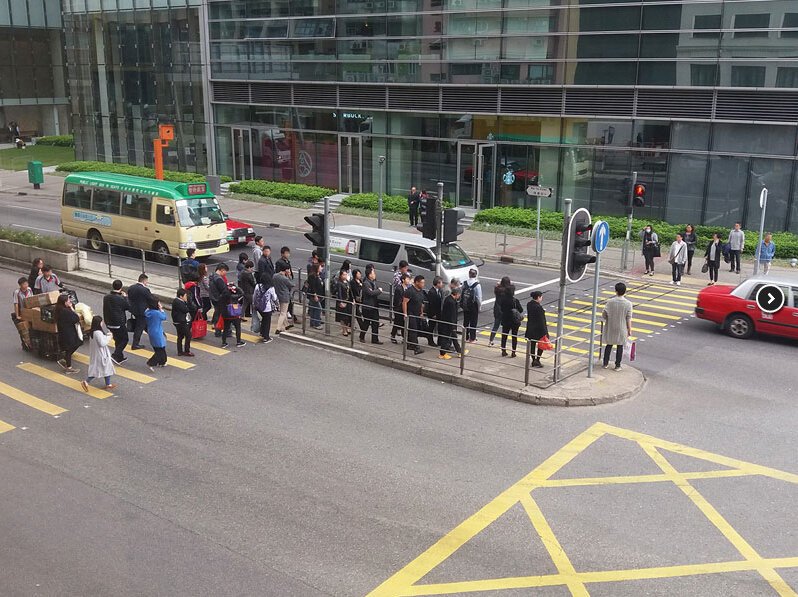
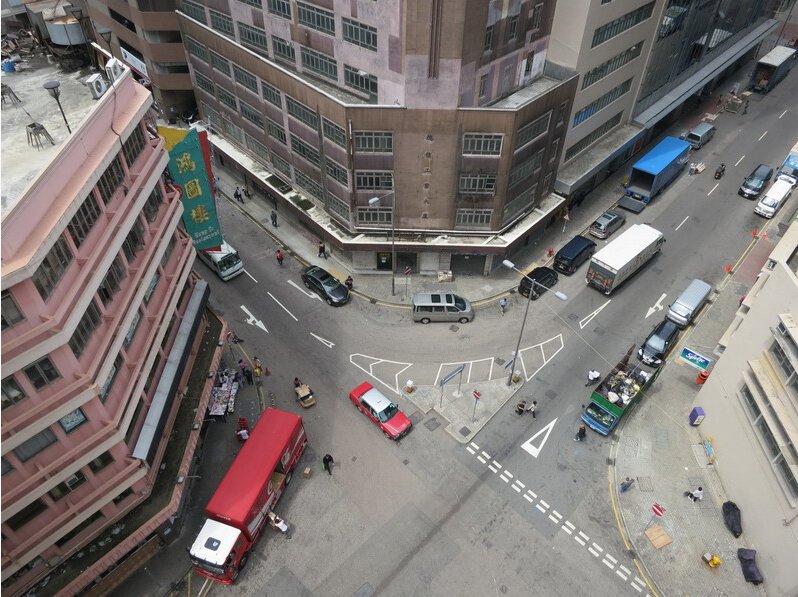
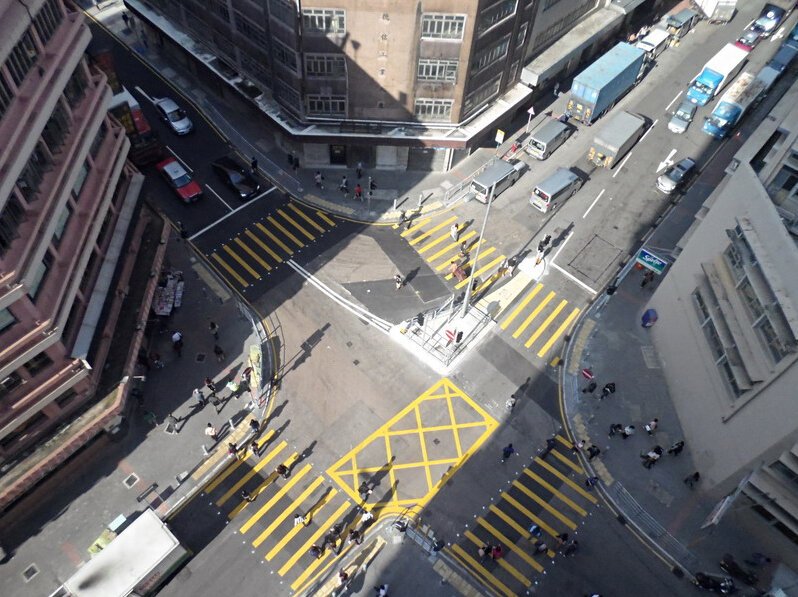
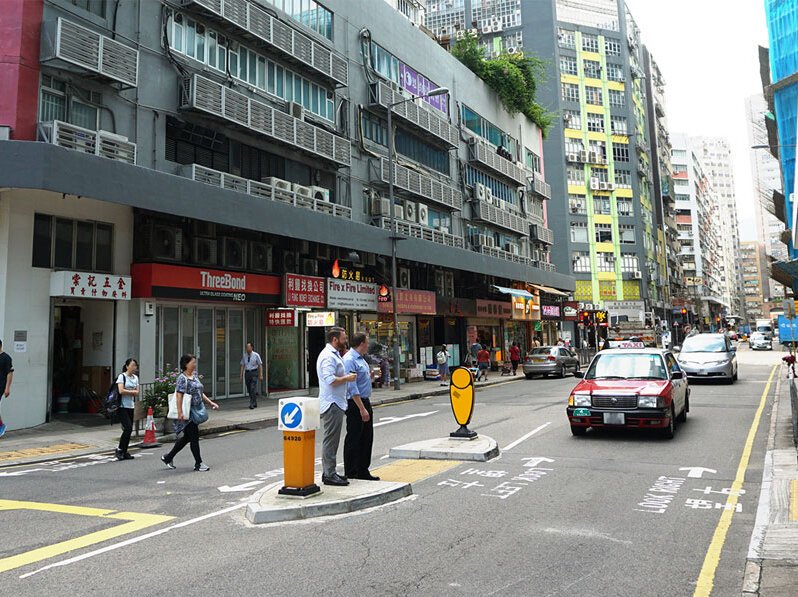
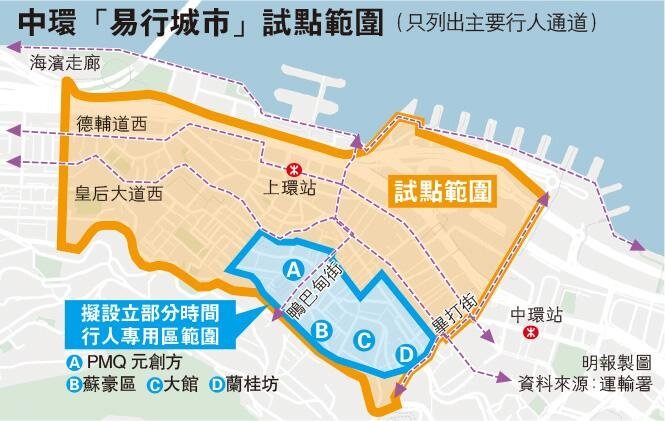
歐美國家發展步行城巿多年,香港好像一直追不上國際大勢,除了在鬧巿如旺角和銅鑼灣劃了行人專用區,大街小巷卻依舊人車爭路、街道設施繼續累贅阻礙。吉人大概都知道,香港的民間團體推動步行城巿已久,政策上卻似乎未有進展。不過,政府為此確實也做過很多研究和倡議,且讓我們整理一下:
提出與行人相關的政策,香港其實並不算太遲,早在1998年,規劃署展開了「香港城巿設計指引」研究,當中就有一章以「行人環境」為題,經兩輪公眾諮詢後,提出一系列設計指引,包括「提供安全、清潔、四通八達和趣味盎然的行人通道」,但當然,當時「步行城巿」的概念在香港並未普及,政府提出的目的主要為要打造世界級都巿的形象。1999年,時任特首董建華在《施政報告》第一次提出「行人專用區」的概念,目的為改善空氣污染問題、建設更好的環境。直到2001年,規劃署的思維開始有所轉向,不止為改善生活環境,還因為「照顧行人的需要」,開展另一個項目「行人環境規劃研究」,藉此進一步制訂有關行人環境的原則、概念、標準和指引,內容包括提供更佳的行人通道往返公共交通設施、提升行人環境設計等,鼓勵以步行作為更環保的「交通模式」。
往後,香港的街道確是有些轉變,例如用作美化的花槽多了、改用路磚、街道牌重新設計,擴展行人天橋系統等。不過,街道的小修小補未必可以帶來大改變,我們與發展真正的步行城巿還有很大的距離。2011年,政府提出「起動九龍東」是範圍較大的項目,當中總綱提到要改善區內的行人環境、街道景觀等,至今完成的交通和行人改善方案,暫都只屬短期。
2015年,「易行城巿」第一次出現在《施政報告》,兩年後,政府再提出「香港好.易行」的概念,由運輸署負責整體策略,先是進行「提升香港易行度顧問研究」,然後提出「上環至灣仔北的香港好易行」計劃,2019年,再於中環及深水埗開展試驗,研究增加步行空間和改善過路設施等的可行性。
時至今日,研究多時的步行城巿,有望在什麼時候實現?「香港好.易行」網頁的最新消息,是今年會再進行第三階段的公眾參與計劃,並將建議兩個試點地區的長期改善計劃——吉人在耐心等候研究結果出爐的同時,不妨把握時間在民間也出一分力推動,讓政策終於落實的時候,步行城巿可以更水到渠成﹗
地點 : 香港
The way that Hong Kong tackles walkability is indeed testing its claim to be Asia's World City. Around the world, global citizens are enjoying walkable cities developed by various proactive and innovative initiatives, while Hong Kong pedestrians are still struggling with car-oriented streets. GUTMANS know very well that the community has been advocating on improving the city’s walkability for a long time, yet there seems to be no advancement on policy initiatives regarding walkability improvement. What kind of research and initiatives has been carried out over the years by the Hong Kong government regarding walkability?
Planning policy related to ‘pedestrian environment’ first emerged in Hong Kong back in 1998. As walkability was not a key concept in the minds of the local planners, it was merely a means to promote Hong Kong's image as a world-class city. The Planning Department initiated a study namely ‘Urban Design Guidelines for Hong Kong’ and dedicated one whole chapter in discussing pedestrian environment and streetscape. After two rounds of consultation, the Government released a set of guidelines aimed to “provide safe, clean, accessible and interesting environments” for citizens.
The term ‘walkability’ first appeared officially in the Policy Address of 1999, used by the former Chief Executive Tung Chee-hwa as a tactic to improve air quality and the built environment. Until 2001, groundbreaking change finally emerged as connectivity and accessibility were mentioned in the Planning Department’s new study on ‘Planning for Pedestrian’. In addition, walking was also being promoted as a sustainable form of ‘transport’ in this study that aimed to formulate guidelines and standards for more comprehensive planning for pedestrians' environment.
Since then, some distinct changes can be seen in the streets of Hong Kong, including improvements of planters and street landscape, use of brick paving, the redesign of signages and the extension of pedestrian footbridge networks. However, such improvement measures were still superficial and far from pushing forward a structural change in street planning. In 2011, the government further introduced a pilot scheme named ‘Energizing Kowloon East’, with the mission of ‘promoting placemaking for the people’, and a ‘walkable Kowloon East’. The master plan included measures to improve the pedestrian environment and streetscapes, where short term enhancement to foster connectivity between transport and pedestrian was completed recently.
The term ‘Walkable City’ finally made its debut in the 2015 Policy Address, where the Transport Department moved forward another initiative ‘Walk in HK’ two years later. A consultancy study on ‘Enhancing Walkability in Hong Kong" was commenced, aiming to formulate planning and design standards that upholding ‘pedestrian-first’ principles. A few pilot projects to improve walkability in communities were introduced since then, including a scheme targeted Central to North Wan Chai, and a feasibility study to widen footpaths and improve pedestrian facilities in Central and Sham Shui Po in 2019.
With the above research, initiatives, pilot projects in place from the last 20 years, is Hong Kong ready to be transformed into a walkable city? From the latest news of Walk in HK’s official website, Phase 3 of the public engagement scheme will start this year, and will be collecting suggestions for long term enhancements for two areas. For fellow GUTSMANs, besides being extra patience, let’s also be persistence and proactive to make changes in the community, so as to push forward a walkable Hong Kong as soon as possible!
Photos source: Internet, Energizing Kowloon East, Ming Pao
Location: Hong Kong
你可能對以下吉人吉事有興趣:
You may also be interested in these GUTS Stories:












